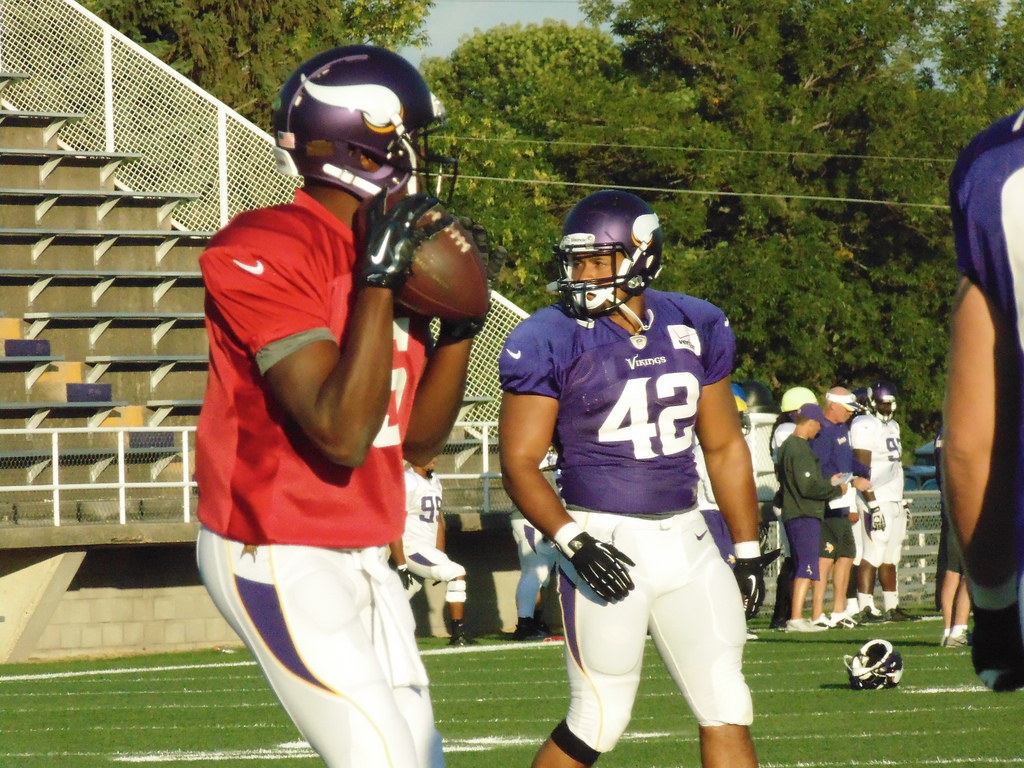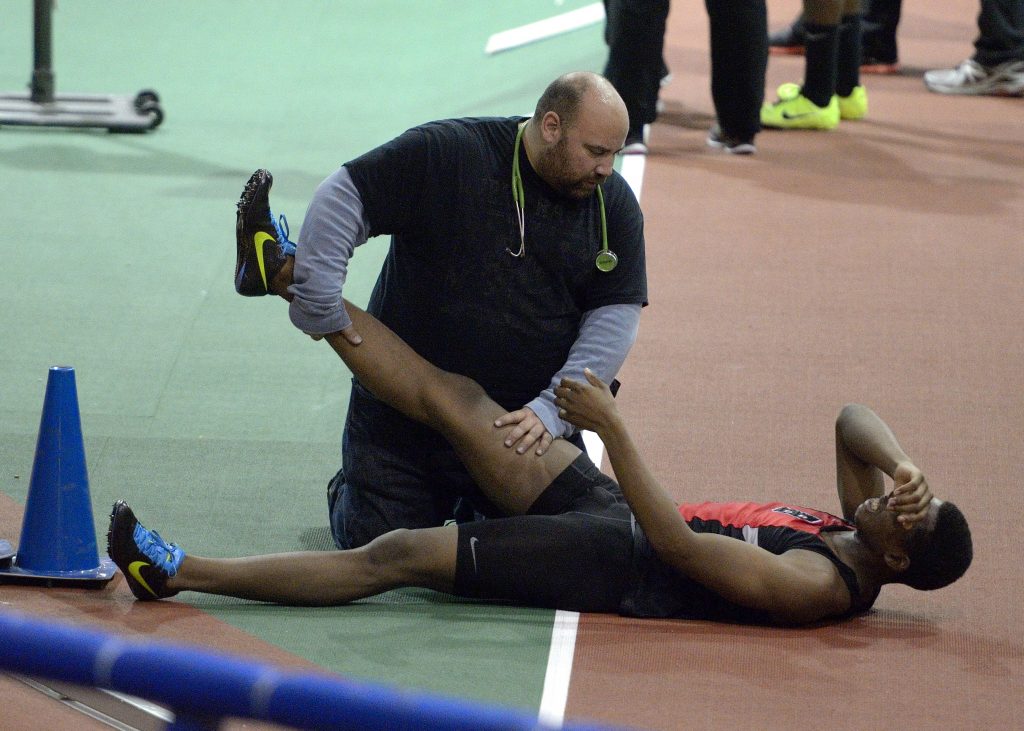Before the Minnesota Vikings’ season even began, starting quarterback Teddy Bridgewater injured his knee during a noncontact practice drill. Unfortunately for Bridgewater and the Vikings, the diagnosis was a torn ACL, forcing the football player to sit out the entire 2016 season.

ACL injuries are unfortunately all-to-common in high-impact sports, especially football. They’re season-ending and, in some cases, even serious enough to be career-ending. Sometimes, it’s just plain bad luck when it comes to an injury. No matter how much you train, strengthen, and take care of your body, an injury could still happen, like in Bridgewater’s case. However, injuries, and in particular ACL injuries, don’t need to be and shouldn’t be inevitable. A torn ACL will put you out for the season, but there are ways to prevent it.
1. Understand leg bio-mechanics to recognize weaknesses.
Learning to recognize who is at risk for an injury, especially an ACL injury, is the first step in preventing it. A certified athletic trainer is trained in recognizing risks and knows what to look for in determining risk. Whether you’re a coach or an athlete, having an evaluation done by an athletic trainer and physical therapist will help in preventing not only ACL injuries, but also other injuries.

2. Target at-risk muscles with strengthening exercises.
Once at-risk muscles are determined, one of the best ways to lower the risk of injury is to target those muscles specifically for strengthening. A program that is designed to not only analyze the body to find weaknesses, but also focus on strengthening those weak areas is essential to preventing any injury. Such exercises will be determined by an athletic trainer who will ensure they are being done correctly.
3. Incorporate specific exercises into your regular training.
Kyle McCuskey, who has been a certified athletic trainer for three years, says that targeted exercises for strengthening shouldn’t just be a part of a one-and-done program. Instead, they should be incorporated into a pre-practice routine or even post-practice.
“Not only will we [OSR] evaluate each athlete for ACL risk, but we’ll also give exercises to target that area,” McCuskey says. “We can do this for groups and we’ll show coaches how to incorporate these exercises into a pre-practice routine, like a warm-up routine.”
4. Keep physical therapy as part of your regular training.
Even if you’re not injured, physical therapy has its place in training. An individualized program that includes targeted strengthening areas will help any athlete stay injury-free. Furthermore, it can even improve overall fitness. Through regular training and sessions with a certified athletic trainer or physical therapist will help in injury prevention as well as help quicken the recovery of injuries.

OSR athletic trainers will help prevent ACL injuries.
OSR has a variety of programs that will help in overall injury prevention and improve strength. Not only will OSR work closely with coaches, but our 6-week Sportsmetrics program focuses directly on targeting the ACL. Contact OSR today if you’re interested in the program or st


